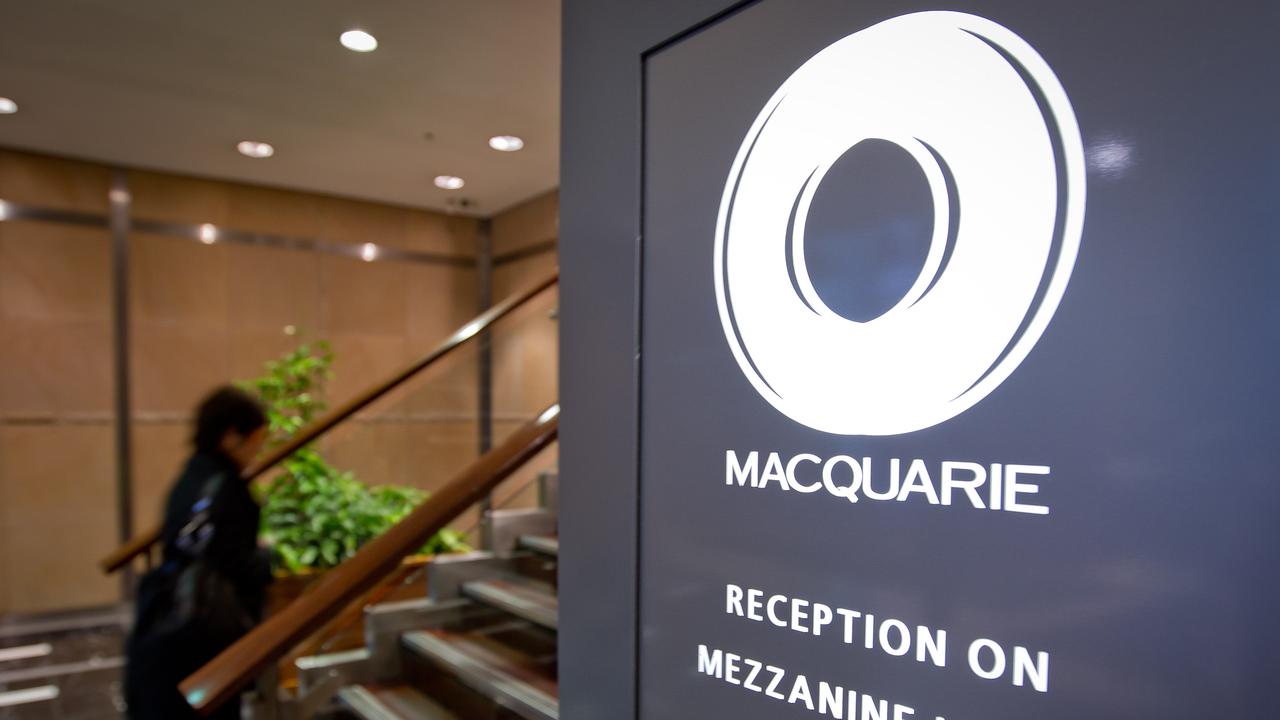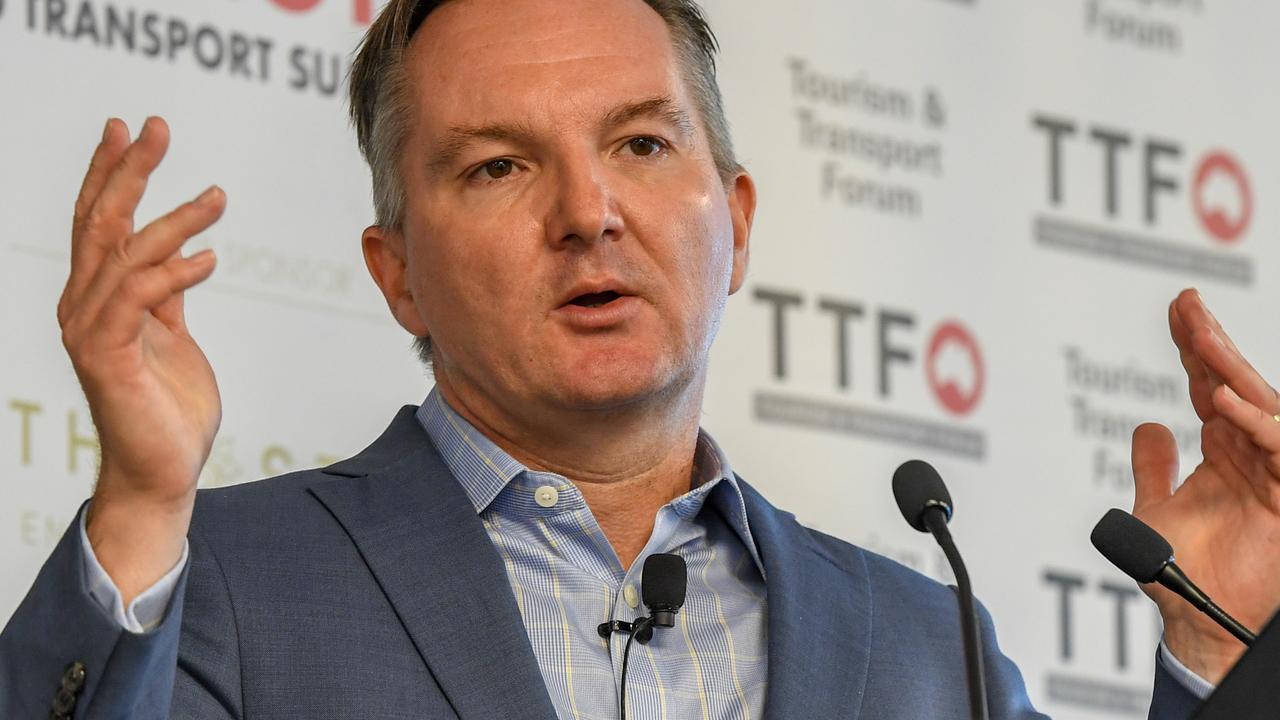Giving traditional media new hope
Media executives were stunned when research presented data, strategies that give traditional media new hope.
The looming death of traditional media, particularly newspapers, is a view that is particularly widespread in the advertising industry and that causes it to be ignored by many media mangers.
That’s why many media executives and advertising people were stunned this week when Roy Morgan research presented data and new strategies in Melbourne and Sydney that give traditional media new hope.
Morgan CEO Michele Levine set out data-based strategies that she believes could restore at least some of the prosperity of traditional media. Unfortunately, the strategies Morgan advocates often contrast to the strategies being adopted by many media companies, although there are emerging exceptions.
The decline in free-to-air television viewing has been much more gradual than newspapers. And Levine admits that, on the surface, newspapers are a basket case with print newspaper readership falling from 84.5 per cent to 44.3 per cent over the last 20 years and the fall shows no signs of abating.
But if you include the reading of newspapers by digital viewers the current percentage of Australians reading newspapers is 65.2 per cent — readership has held steady over the last six years albeit down on the 84 per cent levels of 20 years ago.
At the same time the amount of media consumption has been rising and people are consuming media much more regularly during the day. Media is alive but it is being spread over more channels.
For newspapers, the problem is that while digital has kept the consumption of newspaper material steady, advertising spend has stayed in print and tradition media companies have not been able to translate their digital successes to digital advertising.
Print advertising in metropolitan newspapers is 72 per cent print and 28 per cent digital. In other print avenues like magazines and regional/suburban newspapers the print proportion is even higher so overall newspaper media generates 84 per cent cent of its advertising via the print version of the product.
Unfortunately for print versions of newspapers, overall advertising spend has gone digital and takes 50 per cent of the market led by Google and Facebook. This has happened very quickly.
Both Fairfax and News have overcome some of the problem via successfully selling subscriptions to their digital content but to return to greater levels of prosperity they must get a greater share of the advertising spend. And like all Australian businesses, newspaper marketing will need to be data driven. Morgan Research believes that it is not too late.
Morgan’s advice to media groups starts with an analysis of how people get their news and finds that 69 per cent gain news via television with free to air dominating. But just under half (48 per cent) gain their news via newspapers (print editions 33 per cent and newspaper websites 25 per sent.) Radio is 44 per cent and social media well back. While it’s no where near the glory days having half the country access your media channel is not consistent with looming death of the newspaper business.
But it gets better. Morgan reveals that when asked what sort if news people trust the most, free to air TV won at 38 per cent (I suspect the ABC would be a big part of the figures and they don’t take advertising) but newspaper including their web sites stands at 25 per cent. The community now understand about fake news so newspapers have an excellent platform.
So how do newspapers and other forms of traditional media fight back?
According to Morgan, step one is to exploit and expand that trust platform and have faith in the basic strength of the product by increasing their recruitment of trusted journalistic talent (most print media is slashing its talent pool) and promoting that enlarged talent. That includes promotion of that recruited talent at advertising agencies where newspapers are not popular. (When I co-founded BRW magazine agencies did not want to listen so we recruited great journalistic talent plus the very best advertising selling people in the land and pounded the doors of the young media mangers. It worked.)
Yesterday, I was in Melbourne making an underground rail city commute and found a free-to-air channel promoting its talent and news selection to young train travellers. The train arrived before I heard the name of the channel but media people are starting to embrace the Morgan message.
Morgan’s second message is much more controversial: act like an entrpemeur and again have faith in the products by supporting groups using print media as a role model to show advertising agencies it works. That may involve investing in customers to show newspaper work. Follow the money in this process. Interestingly the property’s arms of Fairfax and News, Domain and Realestate.com.au are both adopting this strategy.
Third, recognise that there is a swing in the make up of media audiences from the current areas of shared interests and communities of acquaintances to much more defined communities of interest which will be involved in listening and learning. That change can be exploited.
At the moment the group that has got a head start in this market is the Get Up group but Morgan says it’s a fertile and untapped field for the traditional media. But overall the traditional media will need to set up smart and agile management structures akin to entrepreneurial companies. That’s not easy.
Morgan emphasises that the business model of traditional media is not broken because its products have not lost their reach.







As we all know, traditional media led by newspapers and to some extent television is in steep decline. Many in the industry say it is dying and large chunks in due course will die.